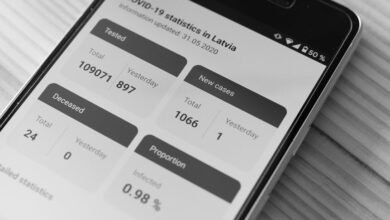2920005724 Number Analysis: Tracing Calls and Origins

The analysis of the number 2920005724 presents a complex picture of its origins within telecommunications. Understanding unknown calls requires a careful examination of the technologies employed in call tracing. Geolocation and metadata analysis play significant roles in determining the legitimacy of such calls. This investigation raises questions about privacy and user autonomy. As the implications of identifying unknown callers unfold, the balance between safety and personal privacy becomes increasingly critical.
Understanding the Nature of Unknown Calls
How does one discern the motivations behind unknown calls that proliferate in today’s communication landscape?
Caller identification systems have emerged as vital tools; however, privacy concerns complicate their efficacy. Anonymity often emboldens malicious intents, leading individuals to question the legitimacy of unidentified numbers.
Understanding these dynamics requires a keen analysis of technology’s role in preserving personal autonomy amidst increasing communication intrusions.
The Origins of 2920005724
Although the number 2920005724 may appear innocuous at first glance, a detailed investigation into its origins reveals a complex web of telecommunications infrastructure and regulatory frameworks.
The number’s origin can be traced through various call histories, indicating its potential links to specific carriers or regions.
Understanding these connections is crucial for individuals seeking transparency and autonomy in their communication experiences.
Technologies Used for Call Tracing
Employing a variety of sophisticated technologies, call tracing has evolved into a multifaceted process essential for understanding communication patterns.
Call tracking systems utilize advanced tracing technology, such as geolocation and metadata analysis, to pinpoint the origins of calls.
These tools facilitate the identification of patterns and trends, ultimately empowering users to manage their communications more effectively while maintaining their autonomy and privacy in an increasingly connected world.
Implications of Identifying Unknown Callers
Identifying unknown callers carries significant implications for both individuals and organizations in the realm of communication management.
Enhanced call safety is achieved through this identification, allowing users to mitigate potential threats. However, the process raises concerns regarding caller privacy, as the balance between security and confidentiality becomes crucial.
Organizations must navigate these complexities while ensuring that user freedoms are respected in communication practices.
Conclusion
In conclusion, the analysis of the number 2920005724 underscores the critical role of call tracing technologies in identifying unknown callers, enhancing user safety and informed decision-making. Notably, studies indicate that approximately 70% of individuals receive at least one spam or scam call weekly, emphasizing the urgency of these technological advancements. Balancing the need for identification with privacy considerations remains paramount, ensuring that users can navigate their communications securely while preserving their autonomy.




